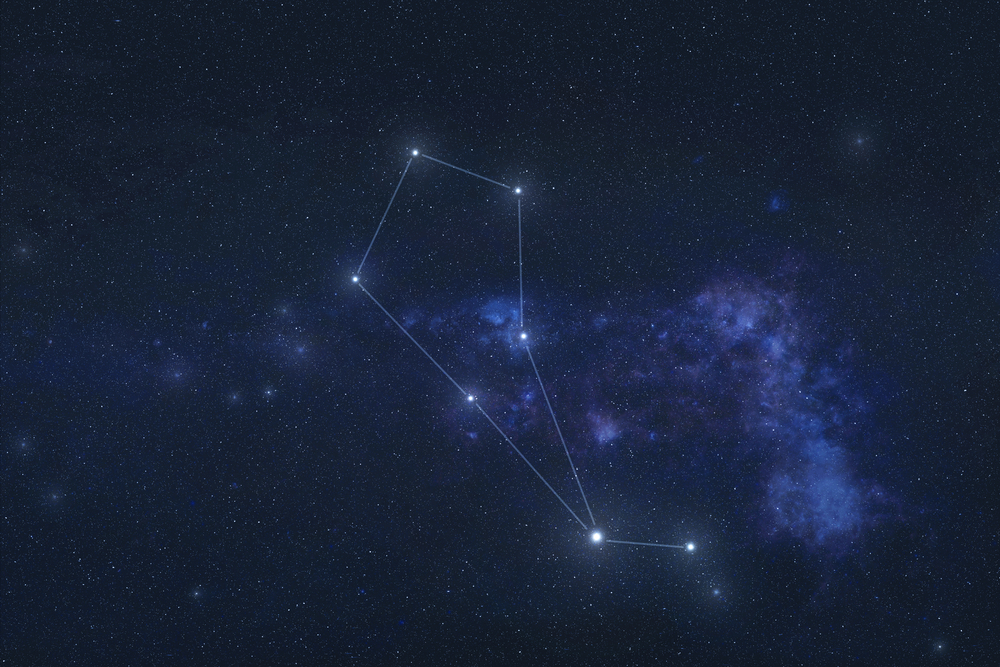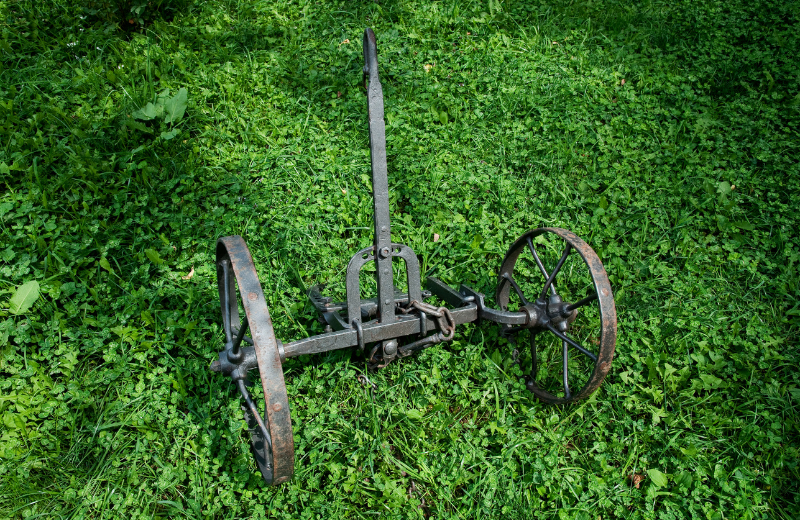The Boötes constellation, known for its unique, kite-like shape in the northern night sky, has long captivated stargazers and astronomers alike. If you’re reading this, you might be curious about its mythology, its stars, and the mysteries within its boundaries, like the Boötes Void. This guide explores everything you need to know about Boötes, from how to locate it in the sky to some interesting facts and stories associated with it.
Jump to:
Recommended for you!
Best SellersWhat is the Boötes Constellation?
Boötes is a large constellation located in the northern hemisphere, near Ursa Major, which contains the Big Dipper. Recognised for its distinct kite-like shape, it’s visible mainly in spring and summer, and its name originates from the Greek word for “herdsman” or “ox driver.” Ancient cultures associated Boötes with the idea of a figure driving oxen across the sky, guiding the stars in their nightly paths.
What Does Boötes Look Like?

The Boötes constellation is often called the “Kite” constellation because of its distinctive shape. Imagine a narrow peak pointing downwards, widening at the top, like a kite or an upside-down ice cream cone. This recognisable shape makes Boötes one of the easier constellations to spot in the sky, especially with its brightest star, Arcturus, shining at the kite’s bottom point.
How Far is the Boötes Constellation from Earth?
Since Boötes is a constellation, not a single object, its stars are at varying distances from Earth. Arcturus, the constellation’s brightest star, lies approximately 36.7 light-years away, making it one of the closest giant stars visible to the naked eye. Other stars in Boötes are further from Earth, scattered across different points within the Milky Way galaxy. However, Boötes also has an intriguing area called the Boötes Void, which is one of the emptiest regions known in the universe and a source of fascination among astronomers.
The Boötes Constellation Myth

In Greek mythology, Boötes represents a herdsman or ploughman, guiding oxen across the heavens. According to legend, Boötes was placed in the sky as a reward from the gods for his role in inventing the plough, symbolising agriculture, labour, and dedication.
Another interpretation identifies Boötes as Icarius, a winemaker beloved by Dionysus, the god of wine. After sharing wine with shepherds who didn’t understand its effects, Icarius was tragically killed under false accusations. Dionysus honoured him by placing him among the stars, acknowledging his contributions to viticulture.
Boötes' Stars
The Boötes constellation is home to several fascinating stars, each contributing to its unique and recognisable shape:
- Arcturus (Alpha Boötis) – The brightest star in Boötes, Arcturus is a giant, red-orange star approximately 36.7 light-years from Earth. With a luminosity around 170 times greater than that of the Sun, Arcturus stands out as the fourth brightest star in the entire night sky. Its name, meaning “Guardian of the Bear,” links it to the nearby constellation Ursa Major, as it appears to follow the Great Bear across the sky. This brilliant star is often the first feature people notice when observing Boötes.
- Izar (Epsilon Boötis) – Also known as Pulcherrima, or “Most Beautiful,” Izar is a double star with a striking colour contrast of blue and orange. Located about 203 light-years away, it’s a favourite among astronomers. The combination of hues and its close proximity to Arcturus make it a memorable part of Boötes.
- Nekkar and Seginus – These stars further define the kite shape of Boötes. While less prominent than Arcturus and Izar, they add depth and interest to the constellation, making Boötes a rewarding constellation to observe in detail.
Nebulae in the Boötes Constellation
While Boötes doesn’t contain as many bright nebulae as some other constellations, it has some intriguing features that can be studied with larger telescopes. A few faint galaxies and star clusters lie within its boundaries, but its most famous space feature is the Boötes Void, an enormous, nearly empty space extending about 330 million light-years across. Discovered in 1981, the Boötes Void has puzzled astronomers because of its surprising emptiness, containing very few galaxies.
Finding Boötes in the Sky

Boötes is visible mainly in the spring and summer months in the northern hemisphere, with peak visibility from March to August. During these seasons, the constellation reaches its highest point in the night sky, making it easier to locate.
Locating Boötes
To find Boötes, you can start with the Big Dipper as a reference point:
- Locate the Big Dipper: Look for the familiar shape of the Big Dipper in the northern sky, especially focusing on its handle.
- Trace the Dipper’s Handle to Arcturus: Follow the curve of the Big Dipper’s handle to Arcturus, the brightest star in Boötes.
- Identify the Kite Shape: Once you spot Arcturus, look around to see the kite-like formation that defines Boötes. This shape, with Arcturus at its tip, makes Boötes easy to distinguish from neighbouring constellations.
Viewing Boötes with Binoculars or a Telescope
- With binoculars: Arcturus and the brighter stars in Boötes will stand out clearly, helping to enhance the visibility of fainter stars within the constellation. Binoculars are also helpful in areas with light pollution, bringing Boötes’ structure into sharper focus.
- With a telescope: A telescope allows for a more detailed view of Boötes, especially of stars like Izar, a double star with contrasting colours. This can make for a rewarding experience, showing the constellation’s unique features in greater clarity.
Best Viewing Conditions
For the best view of Boötes, find a dark location away from city lights on a clear, moonless night. The dark sky will bring out the constellation’s distinct kite shape, helping you appreciate Boötes as it was observed by ancient stargazers.
Recommended for you!
Best SellersFun Facts About Boötes
- Arcturus is Incredibly Bright: Arcturus is one of the brightest stars visible from Earth and has a luminosity far greater than our Sun.
- The Kite Nickname: Because of its shape, Boötes is often referred to as the “Kite” constellation.
- Not the Big Dipper: Although Boötes is close to the Big Dipper, it’s a separate constellation with a unique mythology and distinct stars.
- Izar: A Colourful Double Star: Izar, also known as Pulcherrima or “Most Beautiful,” is a well-known double star in Boötes with contrasting blue and orange hues.
- The Boötes Void: The Boötes Void, often called the “Great Nothing,” is one of the largest voids in the known universe, adding an element of mystery to the constellation.
Study Astronomy for £29
If the Boötes constellation has sparked your curiosity, why not explore more about the stars and the cosmos with our Astronomy Diploma Course at Centre of Excellence? This course offers a detailed understanding of the universe, from constellations and star types to the fundamentals of space observation. Perfect for all budding astronomers, the course is available for a discounted price of £29.













